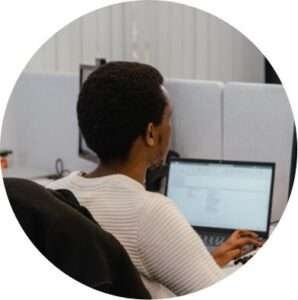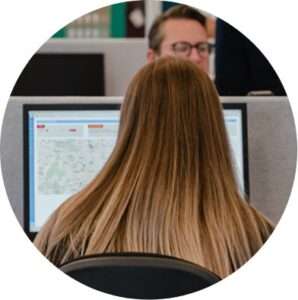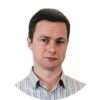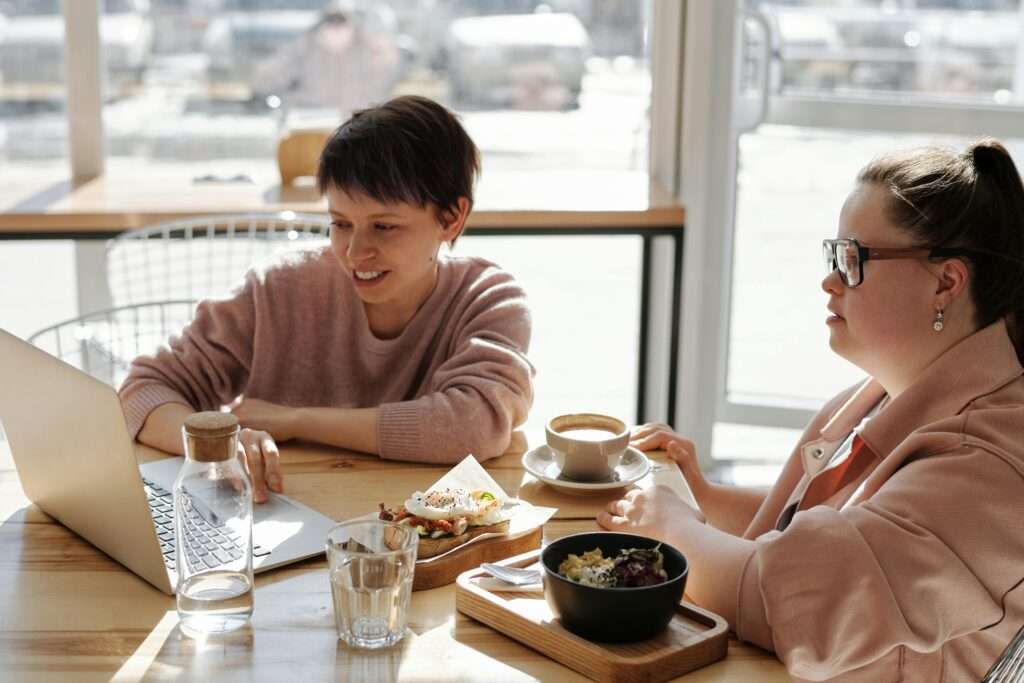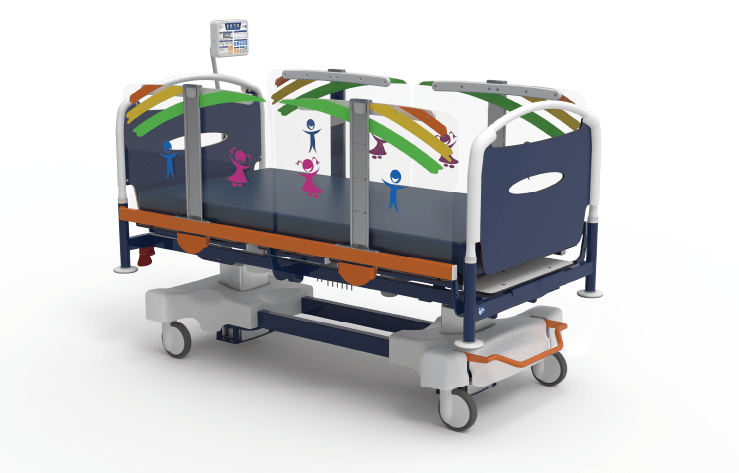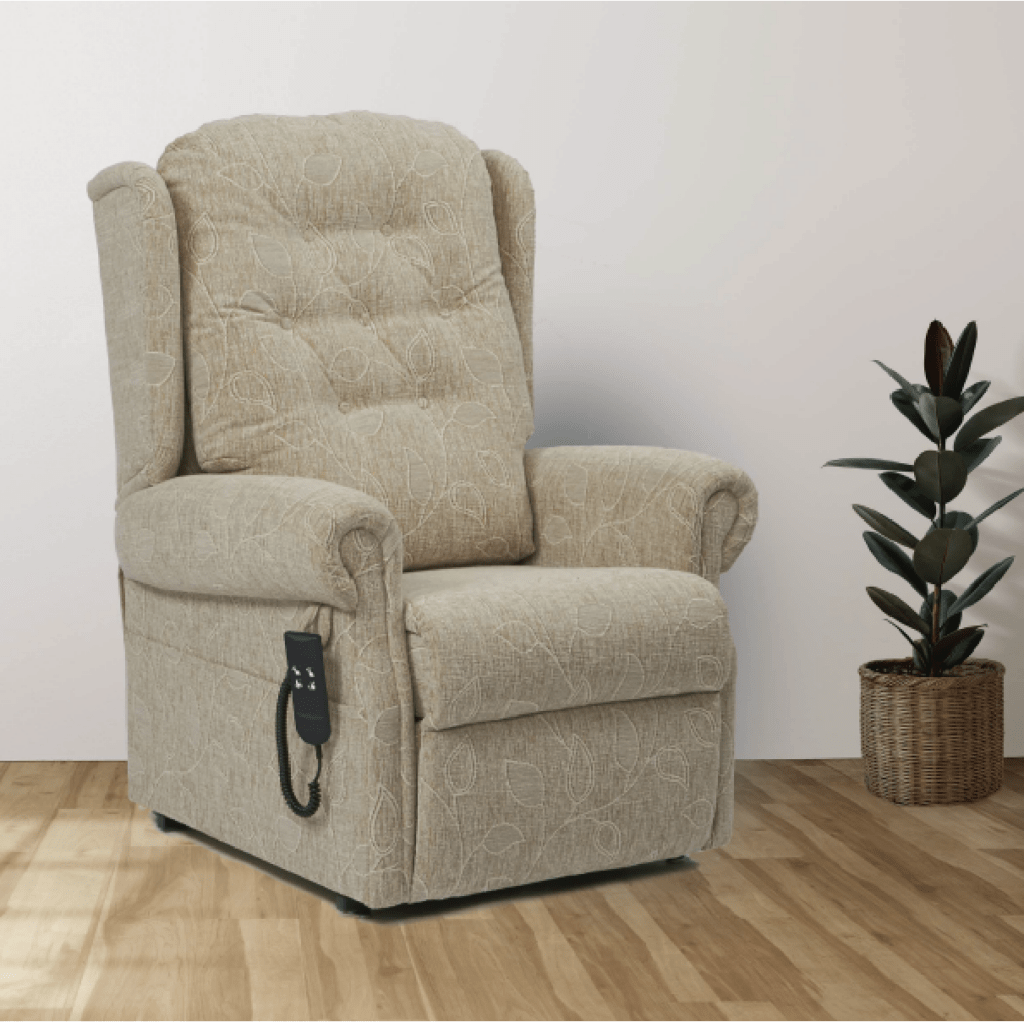Postural support terms like kyphosis, lordosis and scoliosis are familiar to OTs, but how do you achieve the most comfortable posture for your clients?
A good proportion of the time spent in seating assessments should be devoted to posture and pelvic positioning, which we uncover for you in this article.
Jump straight to…
Three Criteria for Good Posture
Pauline Pope, a research physiotherapist, set three key criteria for determining good posture for an individual:
- It facilitates effective functional performance
- It’s energy efficient
- It doesn’t harm the body systems
If you’re not an OT or physiotherapist that specialises in seating and posture, these criteria can seem quite complicated. But really, they just acknowledge that having one set standard for good posture won’t work for everyone.
Here are some questions you might ask when assessing someone’s posture using these criteria:
Facilitates effective functional performance
- Can they perform tasks and actions they are typically able to do? This can include things like:
- Eating
- Seeing around the room
- Talking
Energy efficient
- Can they sit comfortably in this position for a prolonged period?
- Are they having to physically support themselves to maintain this position?
- Are any parts of their body bearing too much weight?
Doesn’t harm the body systems
- Are any parts of the body at risk of damage or injury?
- Are they scrunched up making it harder to breathe?
- Is there too much pressure on one area of the body increasing the risk of tissue breakdown?
To sum it up, good posture is all about protecting the overall health and wellbeing of someone when they are sitting down.
If you’re interested in reading more research on the science of seating and posture, download a free copy of our Healthcare Professional’s Guide to Seating Assessments.

Now let’s move onto how we identify poor posture and use specialist seating to correct it!
Seating Assessments
When doing seating assessments, the devil is in the detail and sometimes it can be difficult to know where to start.
As an industry leader with over 30 years of experience in carrying out joint seating assessments with OTs and their clients, we have formulated our approach in our Guide to Seating Assessments.
For the purposes of this article, we will look in more depth at the physical presentation of the client and how specialist seating can be used to correct poor posture, which in turn will provide better comfort and pressure relief.
When assessing someone’s seating needs, we need to look at:
Causes of poor posture
Gaining insight into why the client presents in a certain way will help the therapist understand the underlying medical or skeletal issues that the client may be experiencing.
Genetic / Developmental
Poor posture may be caused by unsuitable seating, or due to genetic or developmental defects, such as postural abnormalities associated with conditions like Cerebral Palsy or Spina Bifida. Indeed it could be a combination of both, so rather than being a clear-cut solution, it is important to look at all factors involved.
Fixed / Flexible
Certain postural defects like spinal deformities may have reached the point where they are fixed, and cannot be fully realigned. This could be the case if the posture has formed over a long period of time or the spine is fused in a certain position.
Specialist seating can not only accommodate fixed posture, but be used to correct poor posture where this is ‘flexible’ and promote natural realignment again.
Chicken and Egg Scenarios
When looking at the root causes of posture, it is not always a linear chain of cause and effect. In some cases, the postural problem can be both a cause and effect of the same issue, resulting in a cyclical progression of the condition over time. For example, a scoliotic spine (sideways curve) can be caused by an oblique (tilted) pelvis, but can also be the cause itself of the tilted pelvis, so we need to address both the scoliotic spine and pelvis to bring the body back into alignment again.
Posture and the Pelvis
The pelvis is the centrepiece of good posture – if the pelvis isn’t level when seated, the rest of body will be out of balance.
The ideal position to aim for in pelvic positioning is when the ASIS and PSIS are level, as illustrated in the diagram below.
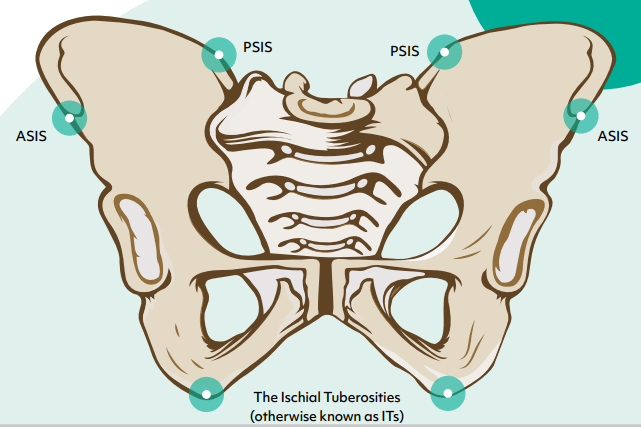
The overall aim is to create a centralised posture as much as possible to create even loading and pressure. This may not always be possible due to fixed postural deformities, but should be aimed for as much as possible.
As the pelvis is the centrepiece of postural alignment, it’s not surprising that most postural deformities originate in the pelvis.
Postural Deformities and How Specialist Seating can Correct Them
The unfortunate truth is that postural deformities can get progressively worse without the intervention of specialist seating.
Sometimes if the issue has reached an advanced stage it cannot be corrected, so instead the aim of seating is to accommodate the deformity to relieve as much discomfort as possible.
However, the good news is if treated early, poor posture can be corrected using physiotherapy and supportive seating.
Most postural abnormalities would be familiar terms to OTs and case workers, but let’s revisit these classical-sounding terms and see how specialist seating can help.
Posterior tilt
Posterior tilt is when the pelvis is tilted backwards (PSIS lower than ASIS), otherwise known as sacral sitting. It can be brought on by incorrect seat size causing the person to slide forward, and can lead to a kyphotic spine.
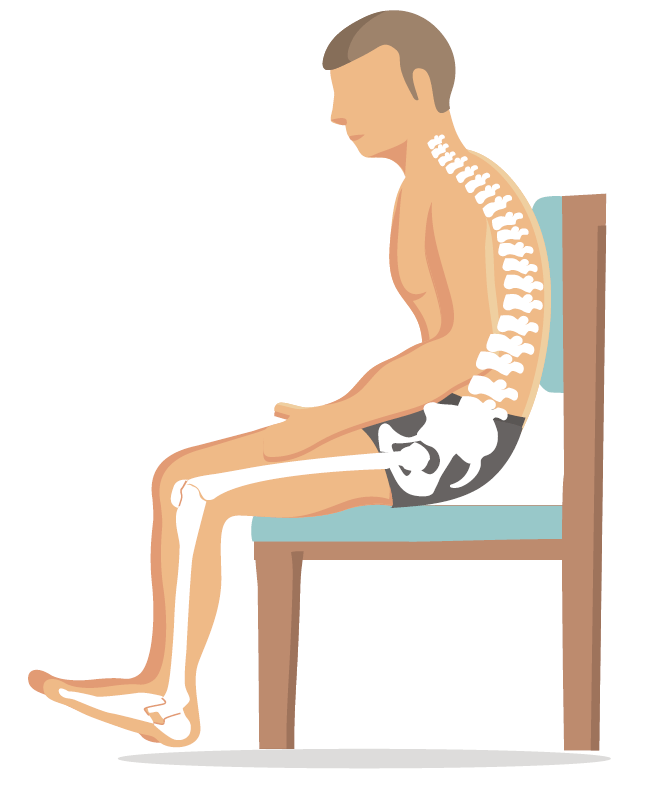
Posterior Tilt
How Specialist Seating can Correct Posterior Tilt
Anterior tilt
Anterior tilt is when the pelvis is tilted forwards (PSIS is higher than ASIS). This is often linked with lordosis (an exaggerated lumbar curve), and can be worsened by obesity or a forward-sloping seat. This can result in bladder issues and back pain.

Anterior pelvic tit
How Specialist Seating can Correct Anterior Tilt
Pelvic Obliquity
One ASIS is higher than the other, so the pelvis is horizontally tilted. This can be caused by (or lead to) scoliosis, asymmetrical muscle tone, or a seat that is too wide. Pressure issues and internal organ problems can occur.
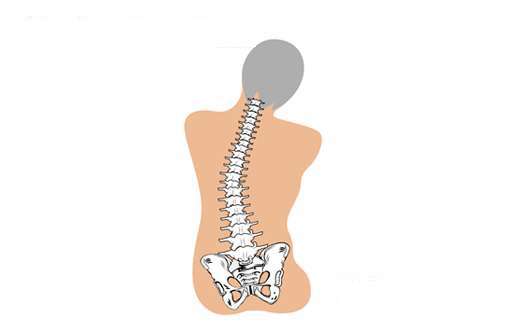
pelvic obliquity
How Specialist Seating can Correct Pelvic Obliquity
Pelvic Rotation
One ASIS is further forward in the chair, which can be caused by leg issues (unequal/windswept legs), lack of trunk support, or a seat that is too wide. It can lead to windswept hips and scoliosis.
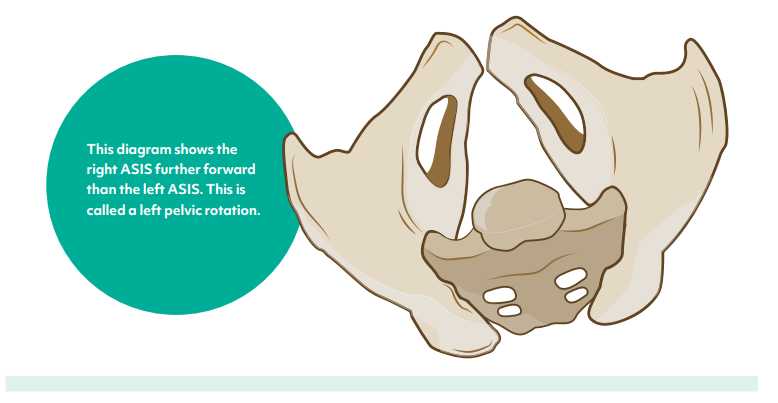
Pelvic Rotation
How Specialist Seating can Correct Pelvic Rotation
Kyphosis
A forward curve or ‘hunched’ back, which can be caused by osteoporosis or posterior tilt as already mentioned, can cause pressure ulcers and respiratory problems.
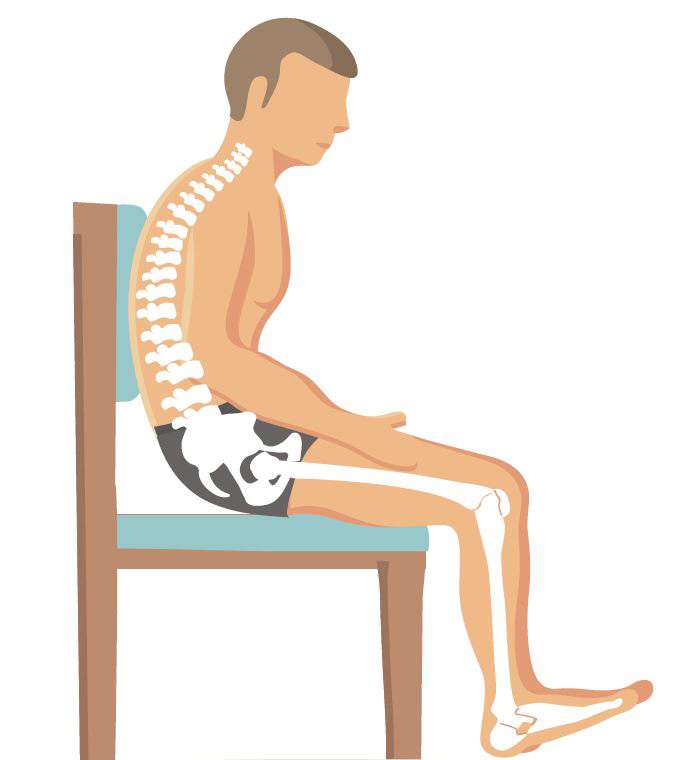
Kyphotic spine
How Specialist Seating can Correct Kyphosis
Lordosis
An exaggerated lumber curve of the spine, caused by tight hip flexors or anterior pelvic tilt, can cause lower back pain and affect range of movement.

Lordosis
How Specialist Seating can Correct Lordosis
Scoliosis
Sideways curve or twisted spine, which can be caused by a variety of skeletal issues such as pelvic obliquity, rotated pelvis, osteoporosis, or conditions like Cerebral Palsy.
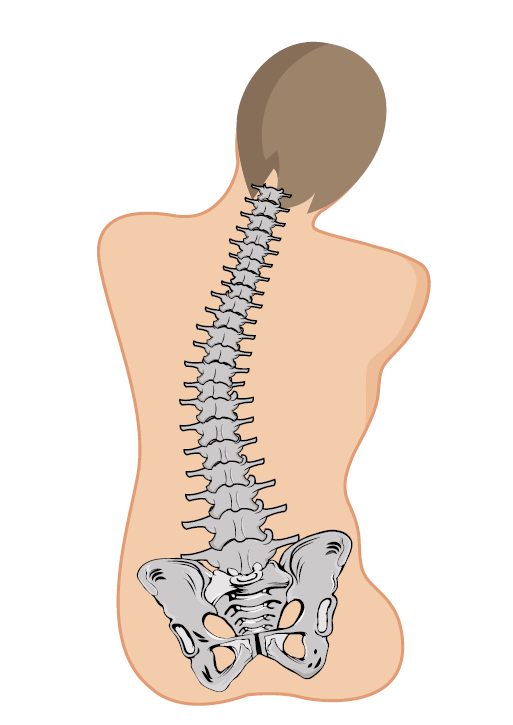
Scoliotic spine
How Specialist Seating can Correct Scoliosis
Abduction / Adduction
This is where the legs are spread too far apart (abduction) or where the legs are too close together (adduction). Pelvic rotation and leg length discrepancy can be a cause, and can lead to pressure issues and hip pain.
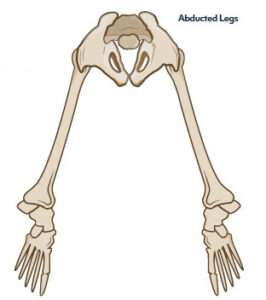

How Specialist Seating can Correct Abduction / Adduction
Contractures
Contractures are common in the knees, hips and ankles and occur when tissues and tendons become fibrous and less stretchy. This can result from being bedbound, disorders like muscular dystrophy, or nerve damage. This can lead to pain, pressure problems and sliding in the chair.

Knee contracture
How Specialist Seating can Correct Contractures
Leg Length Discrepancy
This is where one leg is longer than the other, either a deformity from birth or injury that has been contracted. This asymmetry can cause postural and pressure problems on one side.
How Specialist Seating can Correct Leg Length Discrepancy
Seating Solutions for Postural Issues
Specifying seating for postural problems is not a tick-box approach – each person’s needs are individual and influenced by a lot of personal factors, so a nuanced approach is needed.
Care chairs can be specialised more than riser recliners, so are generally better for people with more complex postural needs.
The most critical metric in determining good posture is seat size. We go over how to measure seat size correctly in our seating ebook, read our guide here: Specialist Seating Sizing Form – Vivid Care
In this next section about supporting good posture, we go over the seating features that can correct these postural defects, together with our seating recommendations.
Supporting Good Posture with Specialist Seating
For people with disabilities who are at risk of developing postural abnormalities, it is important that their OT and other care professionals work with them to find the right chair to help them maintain the correct seating position.
Head to Toe Support
If someone cannot sit up without support or reposition themselves, then specialist seating which can be adjusted to fit their body is the best way to maintain their posture.
The Lento Care Chair is highly flexible to offer head to toe support to the user. The seat sizing, backrest, recline & footplate angle can all be quickly adjusted to suit an individual’s postural support needs
Here are some tips for providing the correct support for each part of the body whilst sitting:
Head, Neck and Shoulder Support
Avoid neck ache by supporting their head properly whilst they’re sitting. This will allow them to breathe and swallow effortlessly.
If the user requires head support, ensure the neck is kept straight, and the chin slightly elevated, to make sure they are stable. This position also allows the user to interact with the environment comfortably. Make sure you consider the shape and firmness of the support.
The head cushion on the Lento can be re-positioned and resized to support the user’s head and neck positioning
Look for a headrest that you can adjust to accommodate someone’s head position i.e. by changing the shape of the head cushion or by resizing it by adding/removing padding.
Don’t be tempted to add another cushion to fill the gap between the neck and the headrest, this forces the head forward.
Arm Support
The chair’s armrests should fully support the user’s arms, without pushing up the shoulders. If the shoulders are pushed up, it indicates the armrests are too high.
You also need to avoid setting the armrests too low as this can cause the user to hunch forwards, and can contribute to lordosis.
The arm height on the Lento can be adjusted from 6 – 9”, without any tools, to ensure it is comfortable for the user
It is also important that the user does not have to control their trunk position with their arms for long periods of time, as this will put pressure on the neck and shoulders.
Back and Torso Support
Make sure their back is resting fully against the back of the chair. Any gaps between the user and the chair back mean their weight will be concentrated onto smaller contact areas. This increases pressure, and means they will have to work harder to maintain the position they are sat in.
To avoid this, check for gaps behind the pelvis area, at the small of the back and under the shoulder blades. Adjust the size of the chair to fill the gaps, using lateral supports if necessary, to gain full contact with the chair.
A kyphotic back will lead to greater pressure on the ‘hunched’ protruding part of the back, but this can be compensated for with better backrest cushioning like the cocoon backrest.
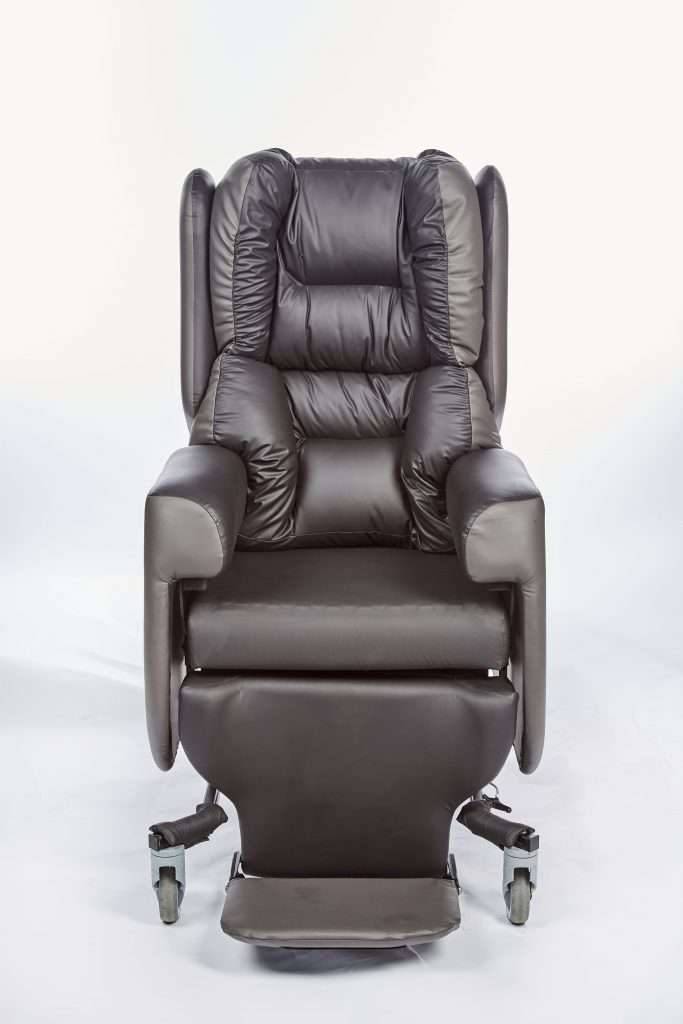
Cocoon backrest
The Lento Trio has three customisable backrest arms that can be tailored to complex postural needs and help correct spinal deformities.

Lento Trio
Pelvic Support
People often think the back is the most important thing when it comes to posture. We’ve already discussed how the entire body determines your posture whilst sitting, but good posture actually starts with the pelvis!
If the pelvis isn’t positioned properly, then the whole body ends up misaligned. Ensuring the seat depth and width properly fit the user are key for supporting the pelvis, and preventing a sideways lean (scoliosis), or pelvic obliquity/rotation.
The Lento’s seat height, depth and width can all be adjusted in seconds to ensure the user is in full contact with the chair to support their pelvis and torso
Positioning Aids
For those with low body tone, it may be beneficial to start using supporting accessories such as belts, pommels, wedges and lateral supports, to ensure the patient maintains good posture and comfort.

Our range of positioning accessories
A 4-point belt can be particularly helpful for keeping the pelvis aligned for someone at risk of sliding forward in their chair, and counteract the effects of a posterior tilt.
Leg Support
Positioning their legs in the right way will stabilise the pelvic position and improve circulation to the lower legs, as well as avoiding any issues like leg abduction/adduction or windswept hips.
For best results, adjust the leg rest to keep knees at the same height as the hips. This increases stability and keeps the soft tissues on the underside of their thighs supported but not overly compressed.
The channelled legrest which comes as standard with the Lento Care Chair and Lento Neuro helps keep the legs aligned for those with weak muscle tone.
Foot Support
The most important thing when it comes to foot support is ensuring the feet rest fully on the floor or a footplate. Without this support, their body weight will not be properly distributed.
Avoid putting too much pressure on their heels and support the calf muscles fully by resting their feet lightly on the footplate.
Conclusion
As you can see, there are many factors to consider when it comes to posture and seating!
We hope this guide has explained what good posture means and given you the tools you need to achieve good postural support with your clients.
Evidently, each individual will have different needs that affect their posture and seating requirements, so we always recommend getting a professional seating assessment.
Please get in touch if you’d like to book a joint seating assessment! Our specialist team carry out assessments in clients homes or by video link, and will be more than happy to help.
Free & No Obligation Assessment
FAQs
1. Why is postural support important?
Postural support is critical for maintaining overall health and wellbeing. Proper seating helps facilitate effective functional performance, ensures energy efficiency, and prevents harm to the body systems. Without it, individuals may experience discomfort, reduced mobility, or progressive postural deformities.
2. What are the three criteria for determining good posture?
According to research physiotherapist Pauline Pope, good posture must:
• Facilitate effective functional performance (e.g., eating, seeing, talking).
• Be energy efficient (comfortable for prolonged periods without excessive effort).
• Prevent harm to the body (e.g., avoiding pressure injuries or breathing difficulties).
3. What are some common postural deformities, and how are they addressed?
Some common postural deformities include:
• Posterior tilt: Accommodated by seat adjustments to prevent sliding forward.
• Anterior tilt: Corrected with pelvic supports and proper seat design.
• Pelvic obliquity: Adjusted using lateral supports or custom-fit seating.
• Kyphosis and Lordosis: Managed with cushioning and targeted backrest designs.
• Scoliosis: Supported with tailored backrest and positioning aids like belts.
• Leg discrepancies or contractures: Addressed with adjustable legrests and footplates.
4. Can poor posture be corrected, or is it only about accommodating deformities?
Poor posture can often be corrected if addressed early with physiotherapy and supportive seating. However, in advanced cases where postural deformities are fixed, seating focuses on accommodating the deformity to relieve discomfort and prevent further complications.
5. What role does the pelvis play in postural alignment?
The pelvis is central to postural alignment. If the pelvis is not level, the entire body becomes misaligned, potentially causing pressure issues and discomfort. Ensuring proper seat size and alignment of the pelvis is key to achieving a balanced posture.
6. How does specialist seating provide support from head to toe?
Specialist seating solutions, like the Lento Care Chair, provide adjustable support for every part of the body:
• Head and neck: Adjustable headrests to maintain proper alignment.
• Arms: Customisable armrests to prevent strain on the shoulders.
• Back and torso: Lateral supports and cushioning for full contact.
• Pelvis: Adjustable seat size to promote balance and stability.
• Legs and feet: Height-adjustable leg rests and footplates for proper positioning and weight distribution.
7. Are positioning aids helpful in maintaining good posture?
Yes, positioning aids like 4-point belts, lateral supports, wedges, and pommels are essential for individuals with low muscle tone or at risk of sliding. They help keep the pelvis aligned, stabilise the body, and ensure comfort.
8. How do I know if specialist seating is needed?
Specialist seating is recommended if the individual experiences discomfort, has a postural deformity, or struggles to maintain a stable position without support. It’s best to consult a professional for a thorough seating assessment to determine specific needs.
9. How do I measure the correct seat size for a client?
Proper seat size is determined by assessing the client’s height, depth, and width requirements. Ensuring the seat fits snugly without gaps or excess space is critical for optimal pelvic and postural support. For detailed guidance, consult our seating assessment resources.
10. Can I book a professional seating assessment for my client?
Yes! Our specialist team offers in-home or video-based joint seating assessments to help identify the best seating solutions for your client. Contact us to book a session tailored to your needs.
